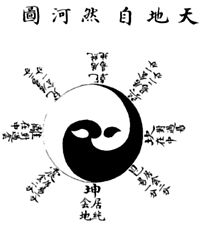
Photo from wikipedia
Background Balance, as a complex task, may be affected in knee osteoarthritis (KOA) and this may cause postural instability and fall risk. Objectives The aim of this study was to… Click to show full abstract
Background Balance, as a complex task, may be affected in knee osteoarthritis (KOA) and this may cause postural instability and fall risk. Objectives The aim of this study was to determine the fall risk in patients with KOA with an objective computerized technique and to evaluate the potential risk factors for falls in these patients. Methods Patients with KOA and controls were included in this cross-sectional study. Gender, age, and body mass index (BMI) were recorded. Pain was evaluated with a visual analog scale (VAS). The Western Ontario and McMaster Universities Osteoarthritis Index (WOMAC) was used to assess the patients and the Falls Efficacy Scale International (FES-I) was used for the evaluation of fall efficacy. Knee radiographs were recorded with the Kellgren–Lawrence grading scale. Fall risk analysis was performed by using the Tetrax Interactive Balance System, which is a computerized posturography device. Results One hundred patients with KOA and 30 controls were included. The age, gender, and BMI scores were similar between the groups. FES-I scores were significantly higher in the cases than in the controls (p<0.000). Using a computerized system, significantly higher fall risk results (p<0.000) and significantly low, moderate, and high fall risk distribution were recorded in the cases than in the controls (p<0.000). Fall risk was significantly related to age, pain, and the WOMAC scores of the patients. Conclusions Using an objective computerized technique, our study demonstrated a higher fall risk in patients with KOA than in healthy individuals. This higher risk was shown even in the early radiographic phases of the disease related to age, pain, and dysfunction. An understanding of factors on postural control seems to be critical in successful fall prevention in these patients. Disclosure of Interest None declared
Journal Title: Annals of the Rheumatic Diseases
Year Published: 2017
Link to full text (if available)
Share on Social Media: Sign Up to like & get
recommendations!